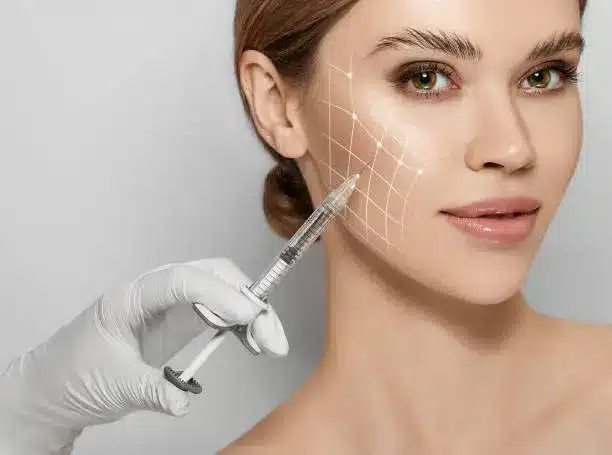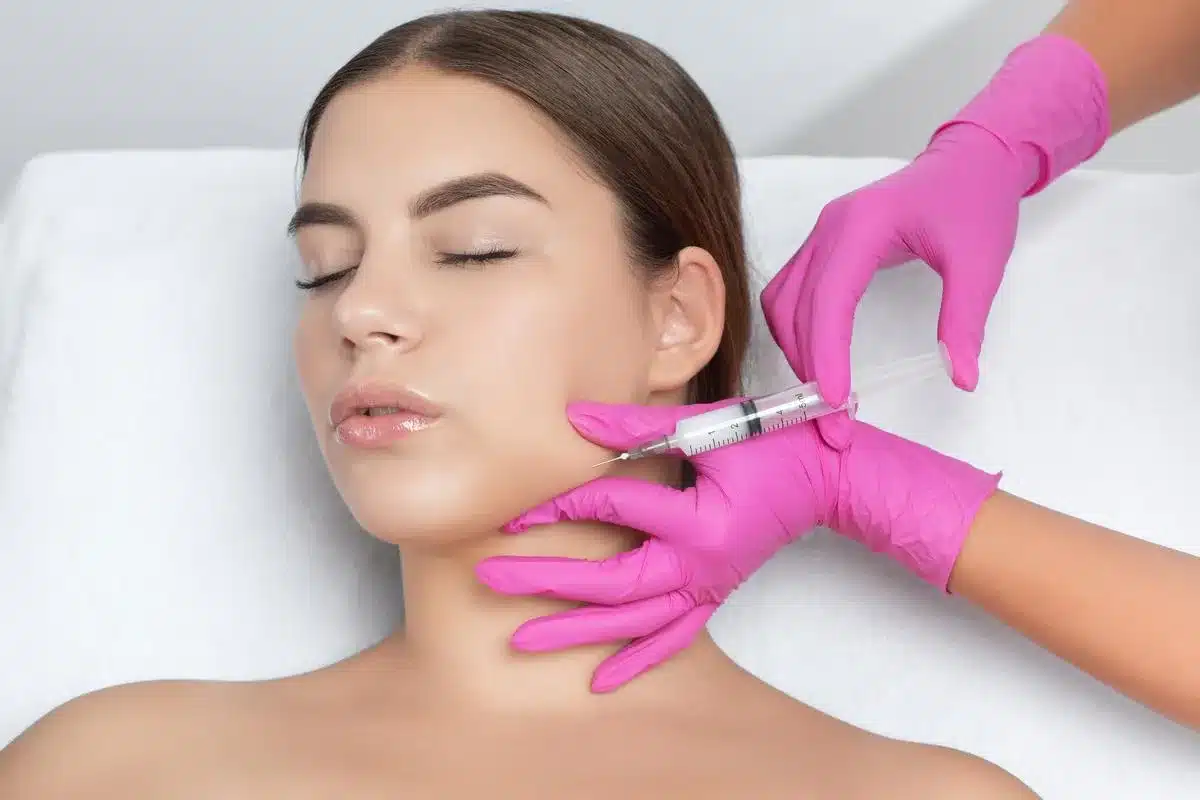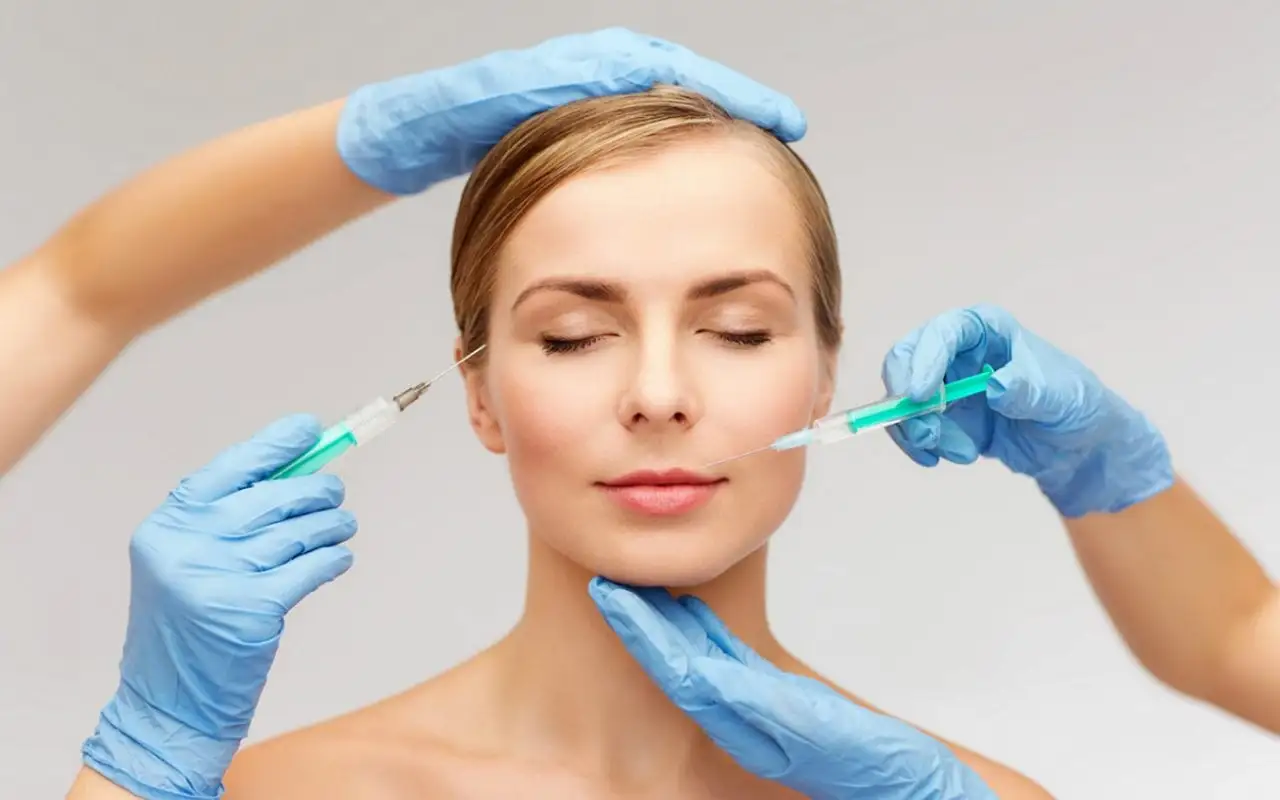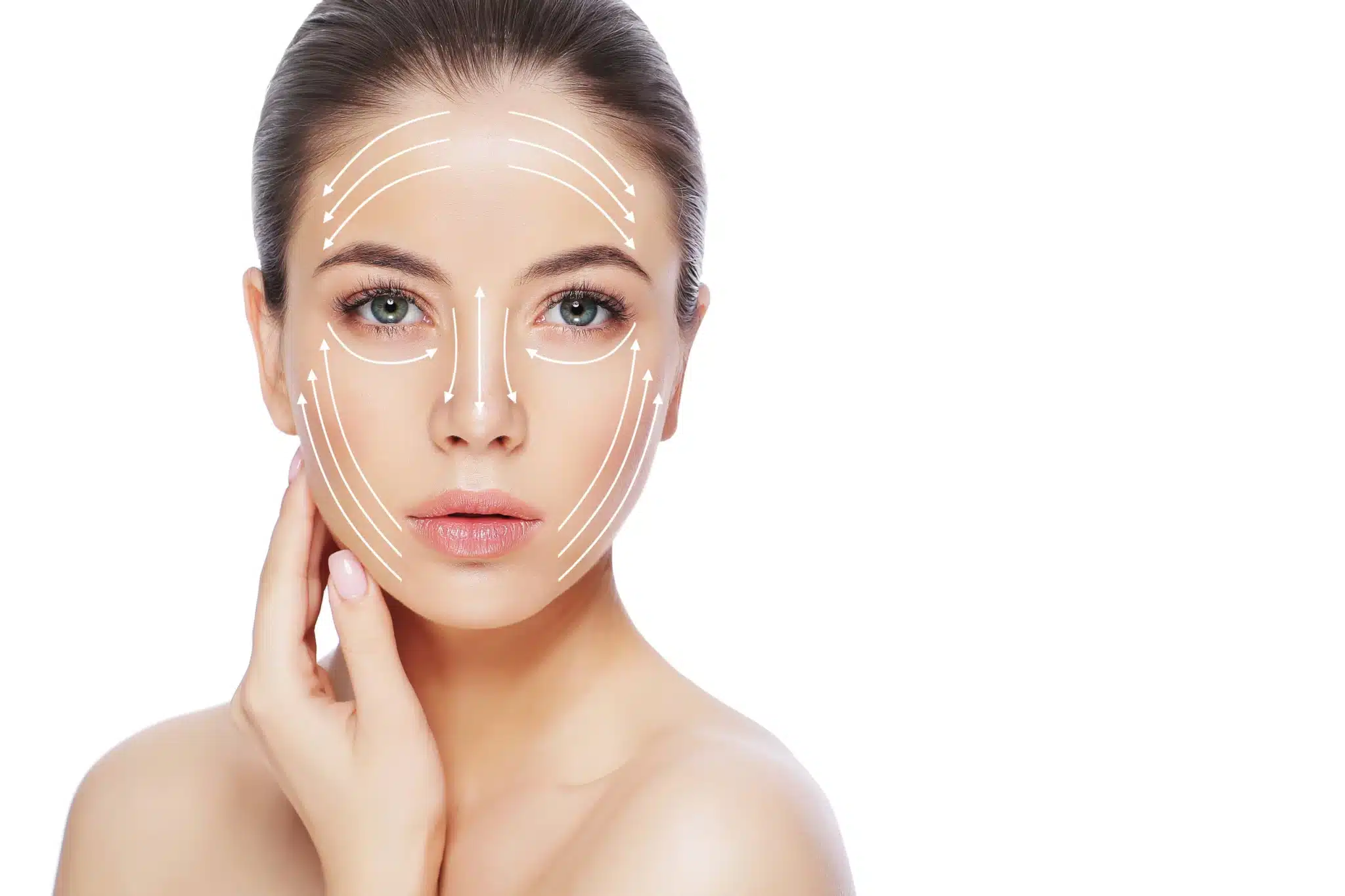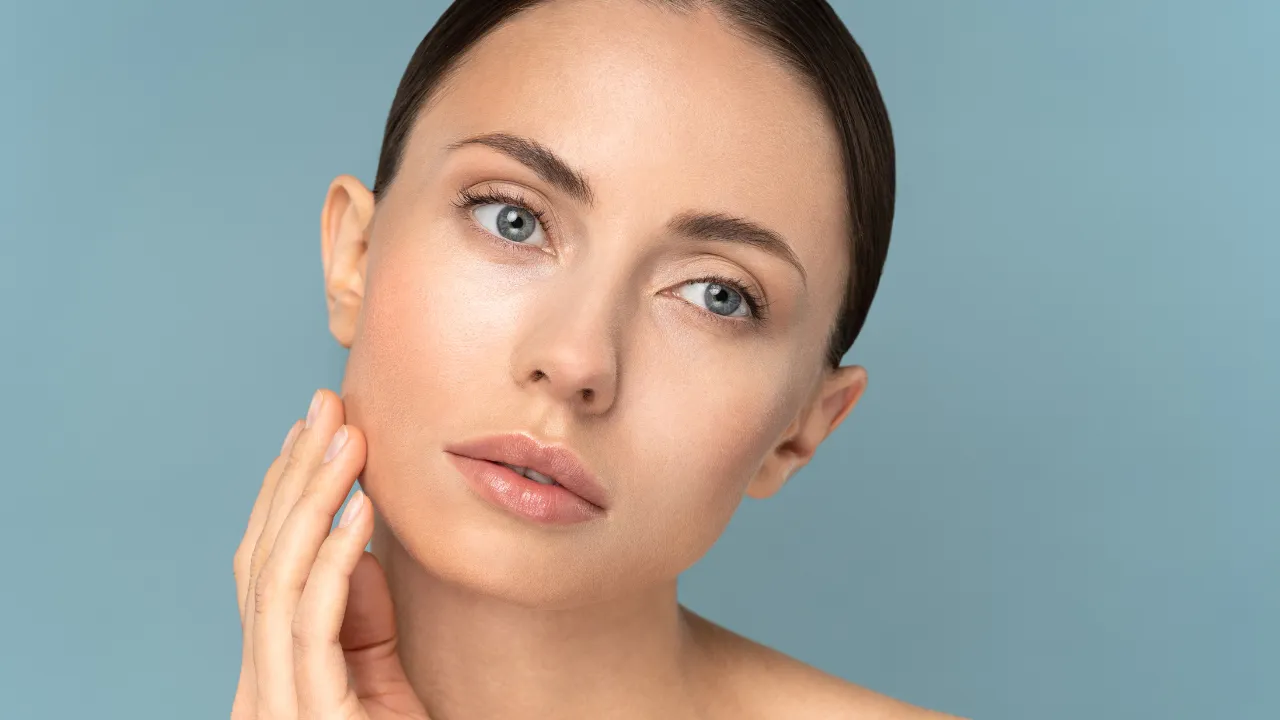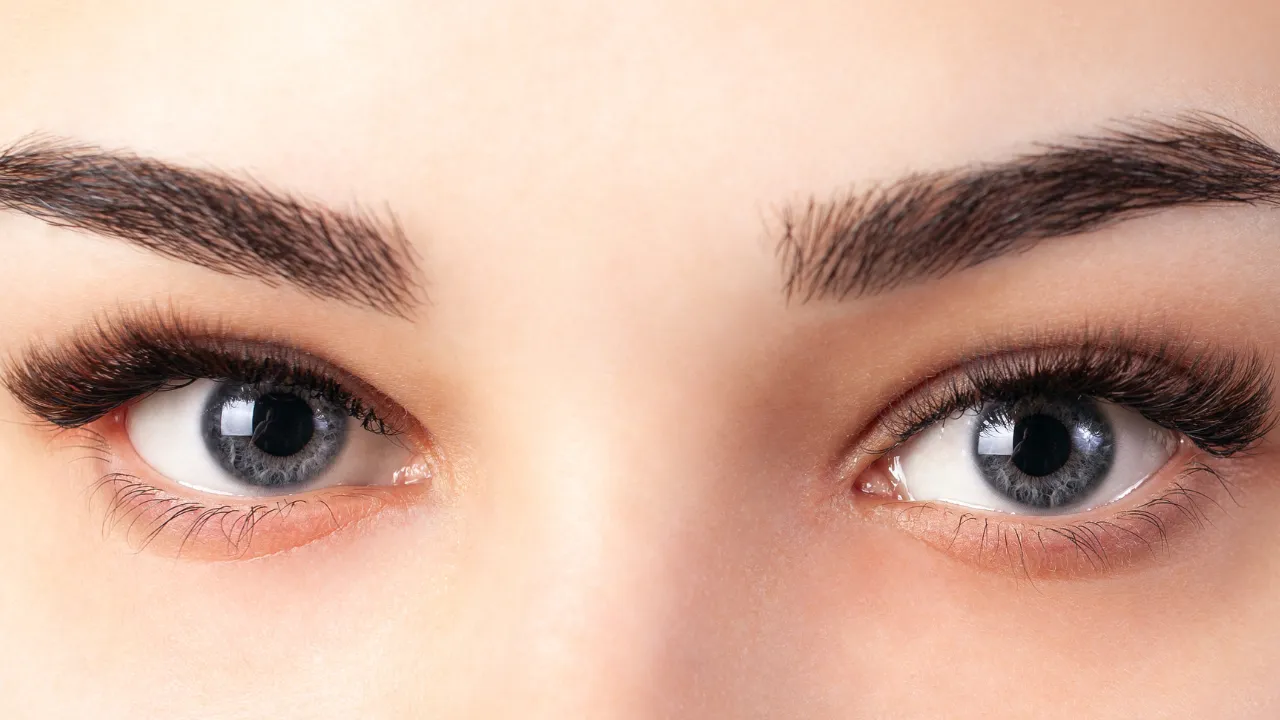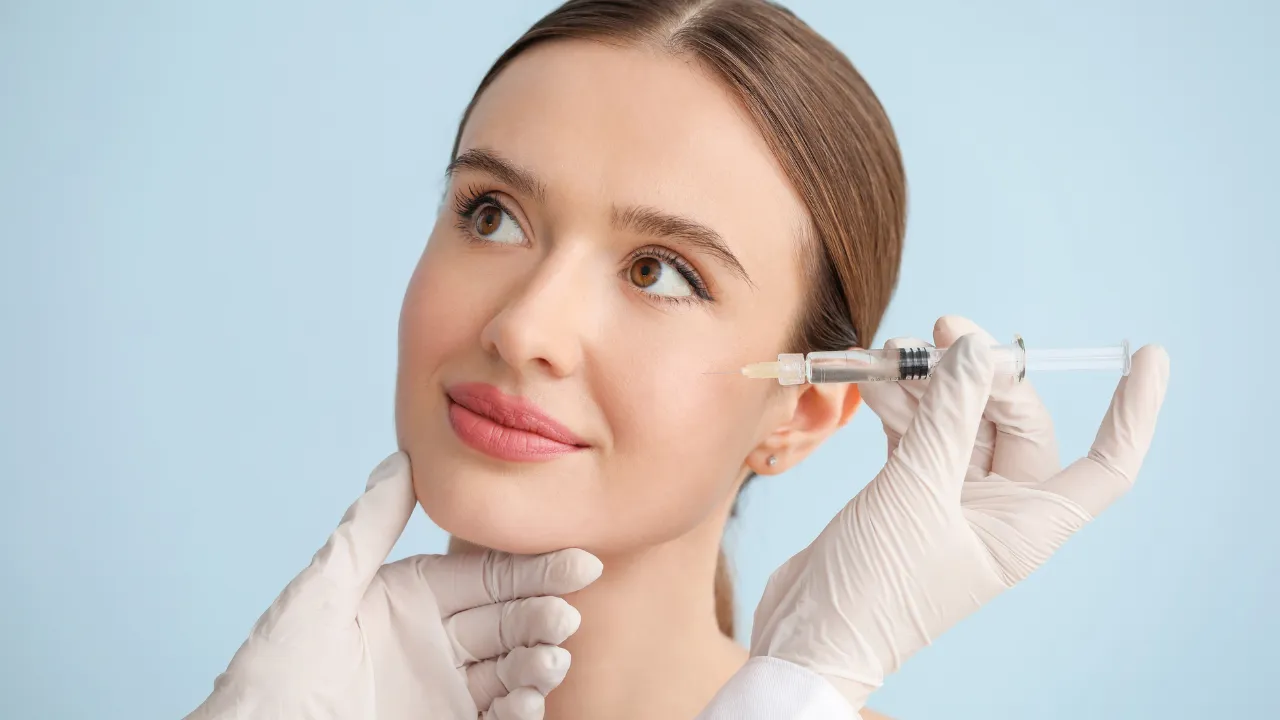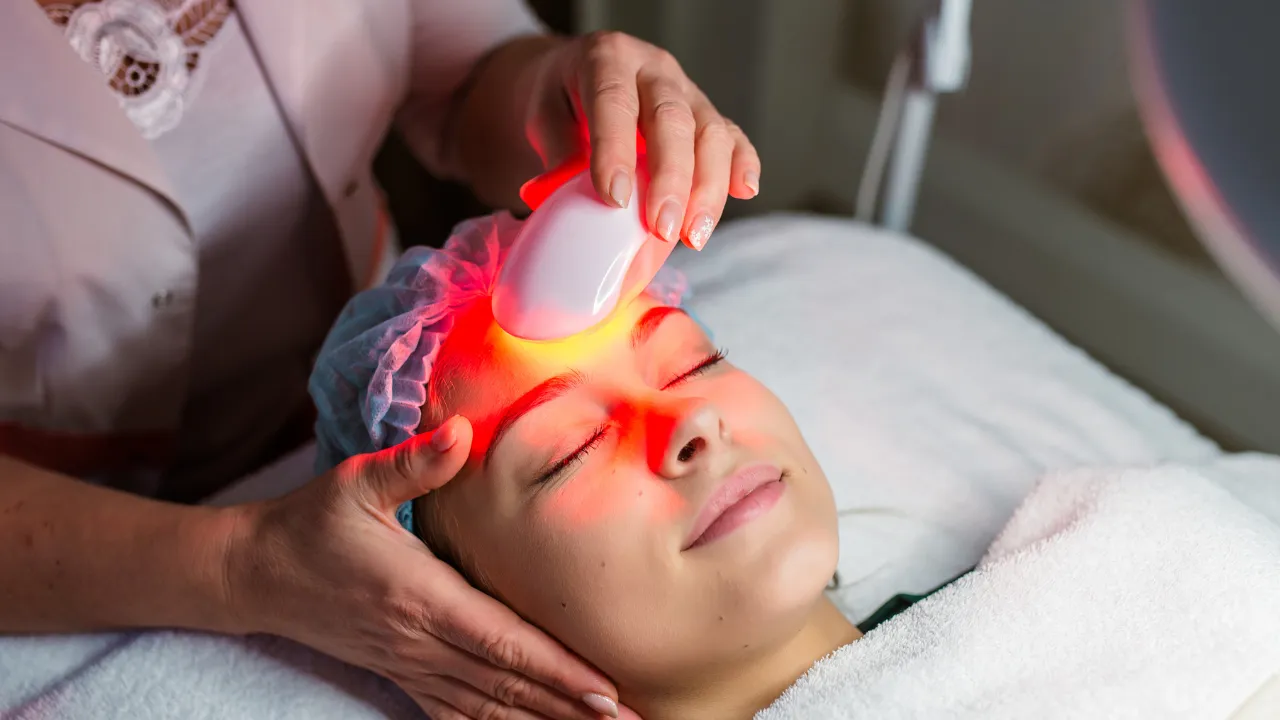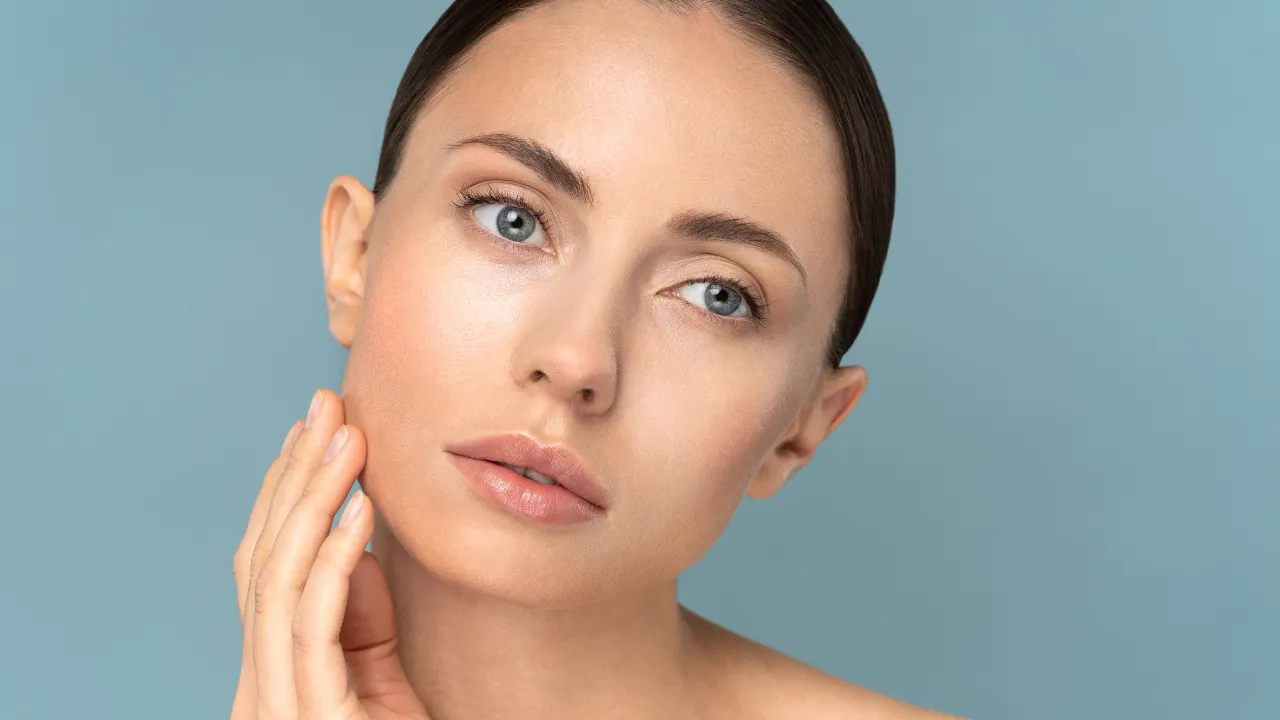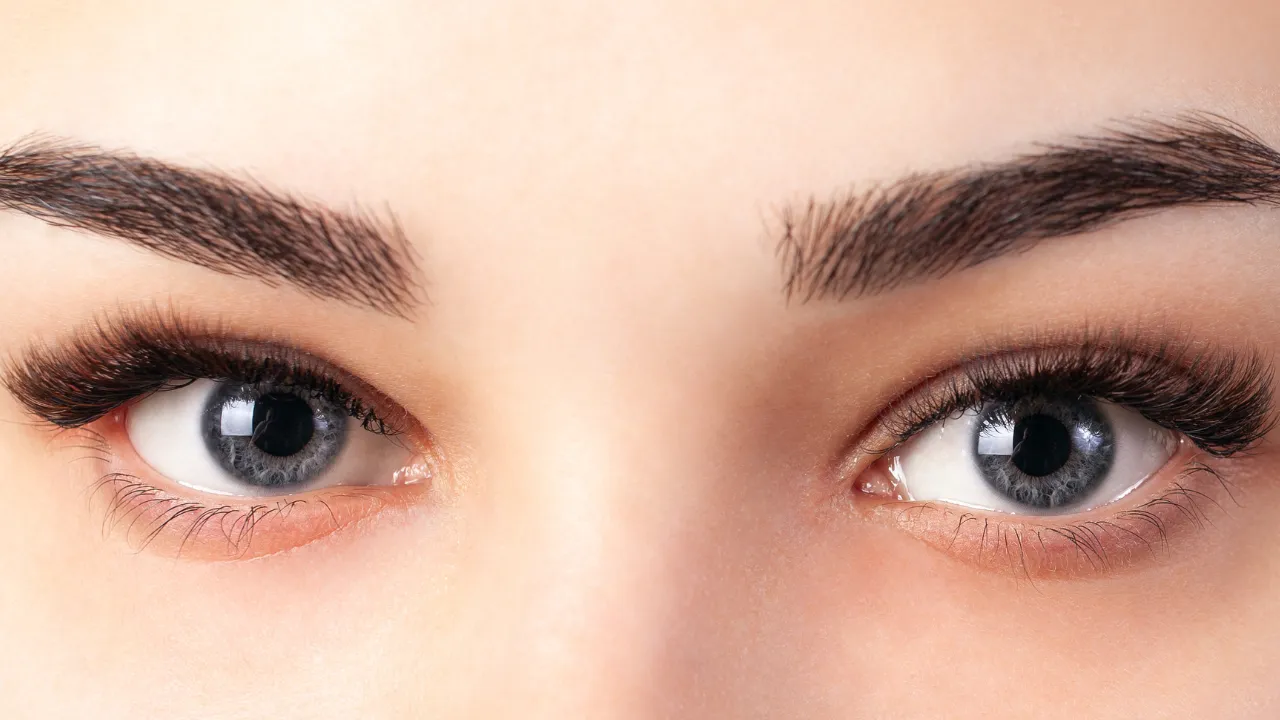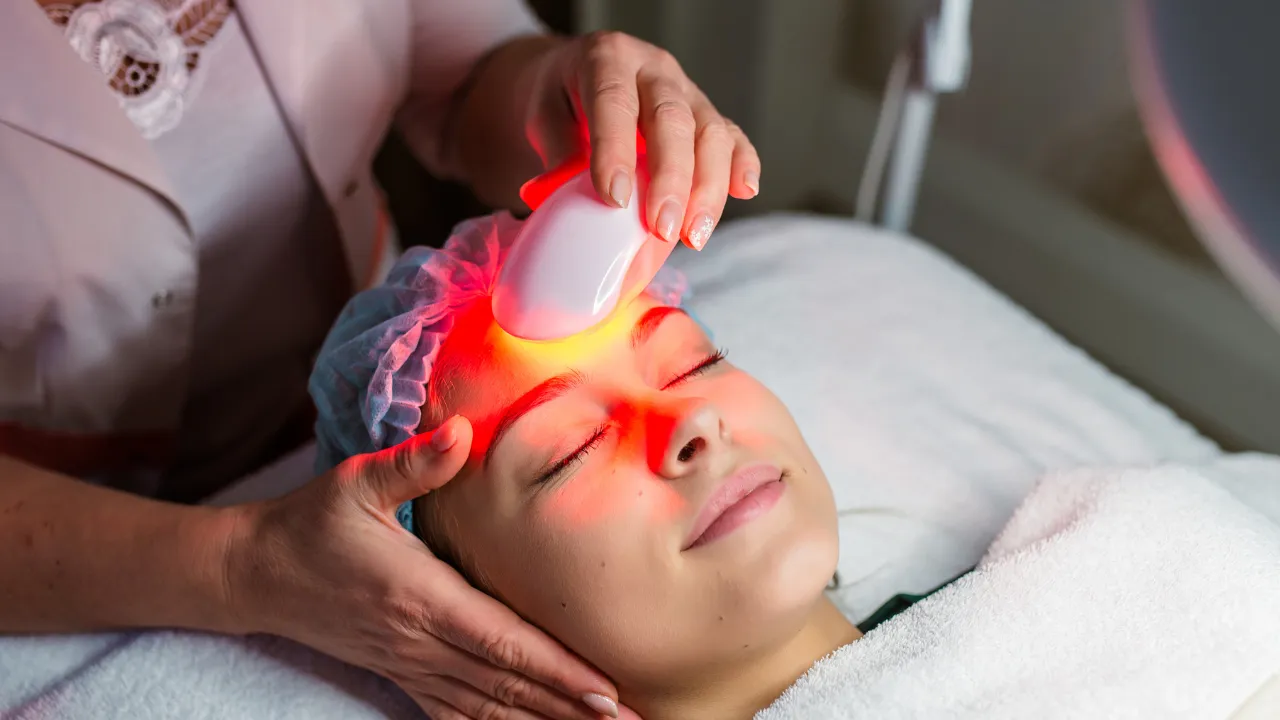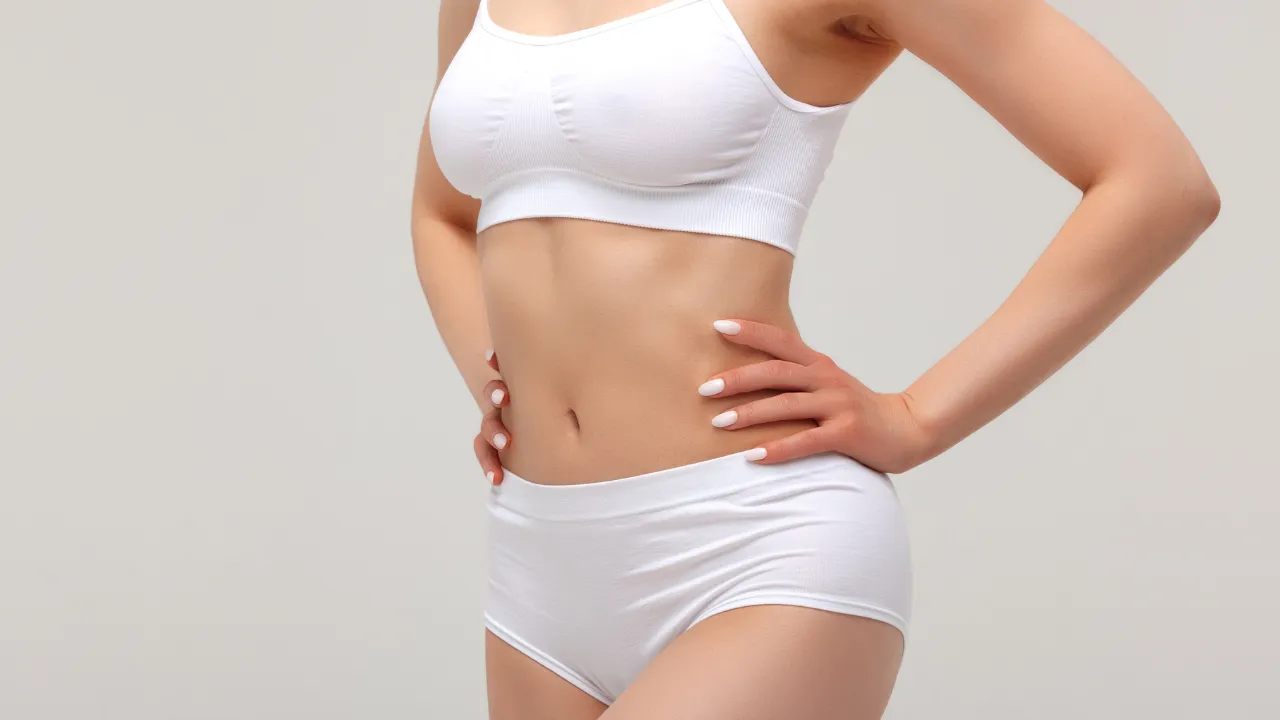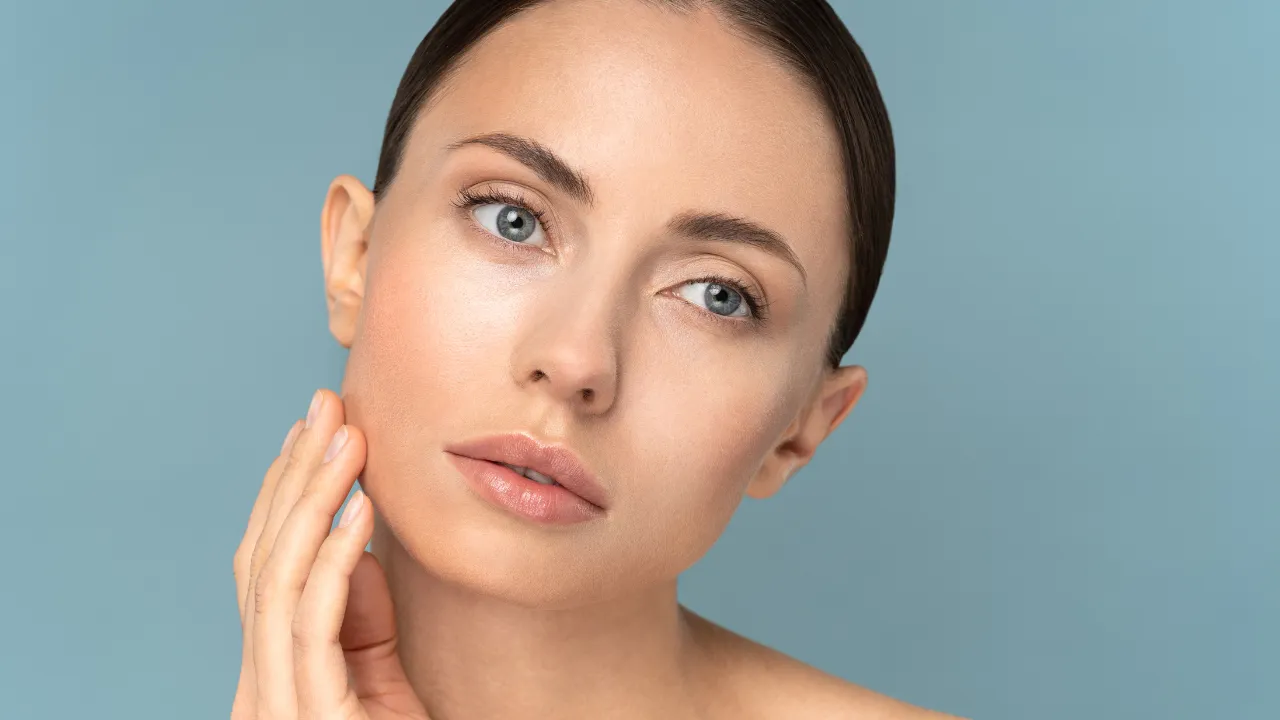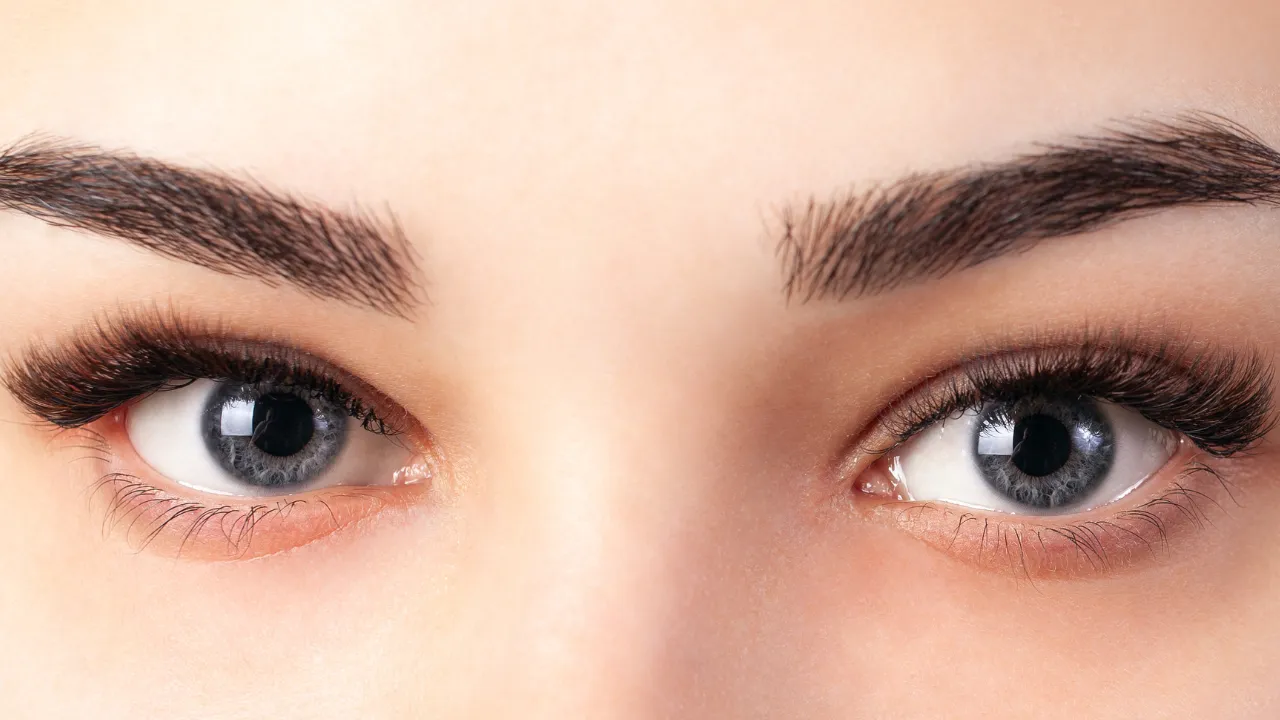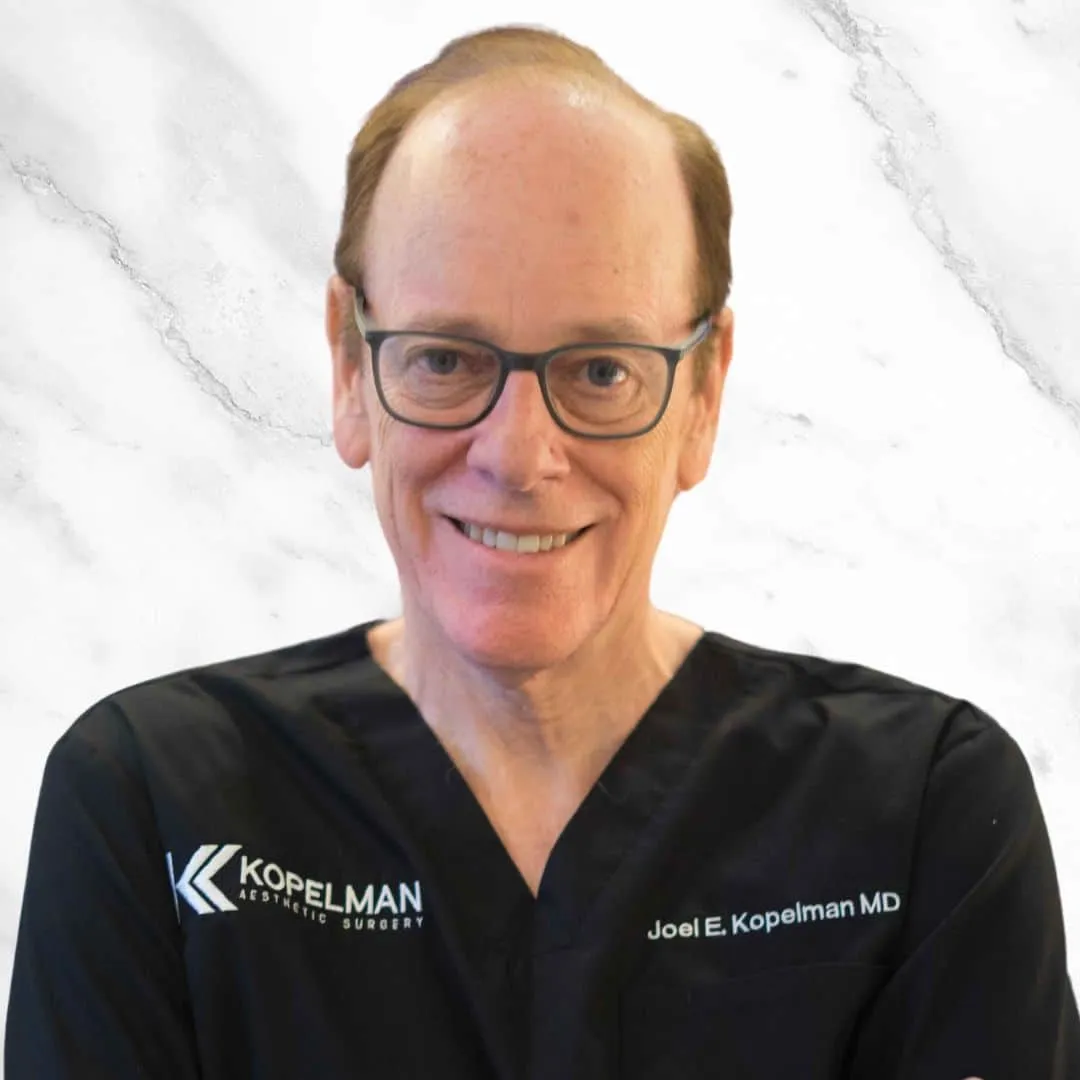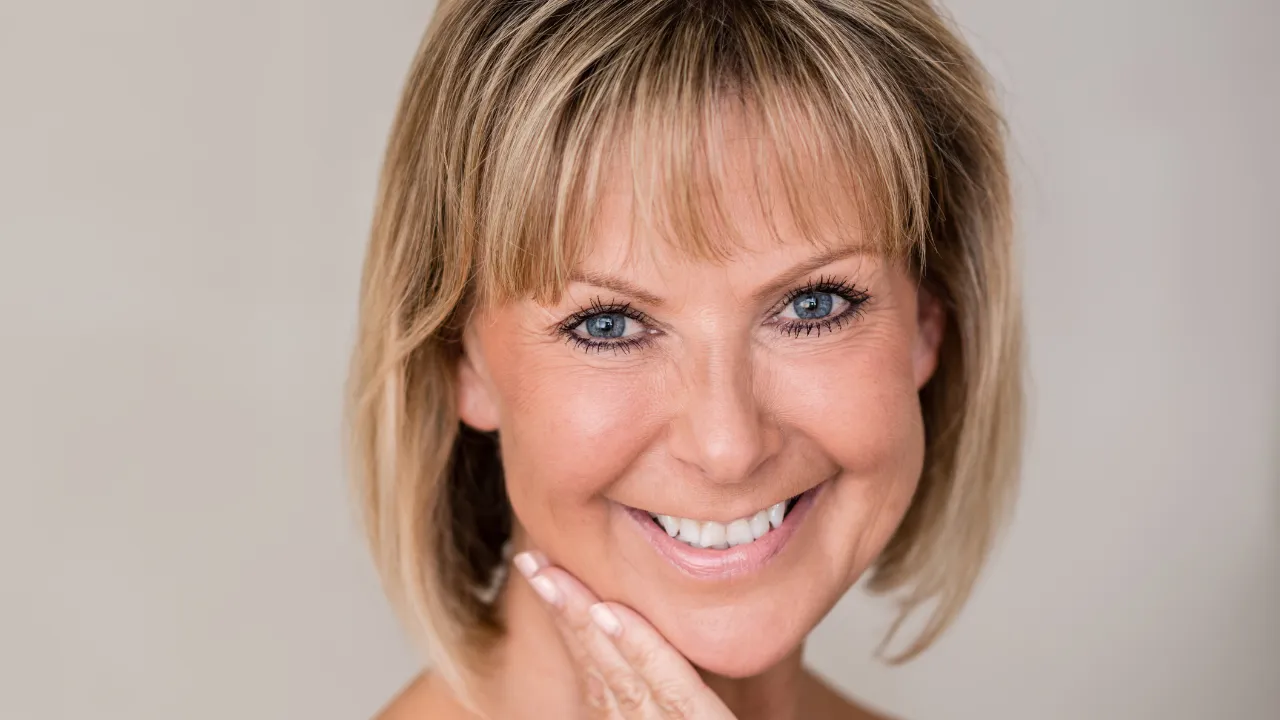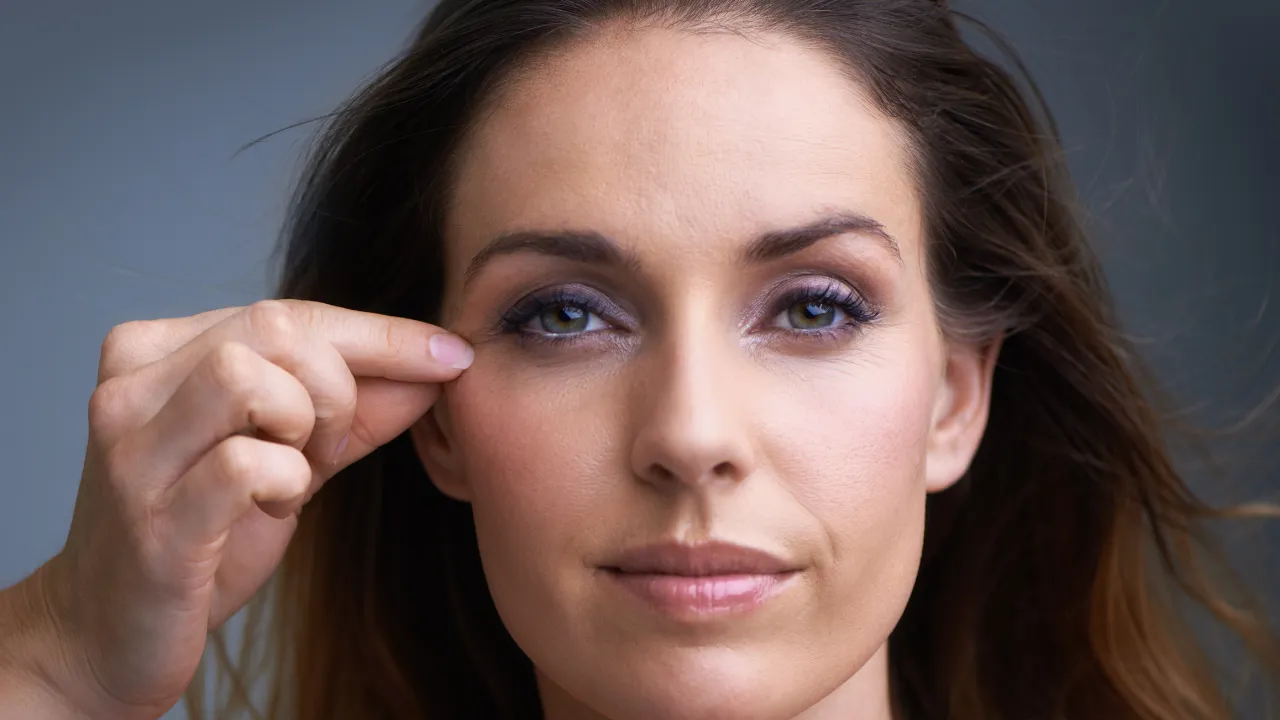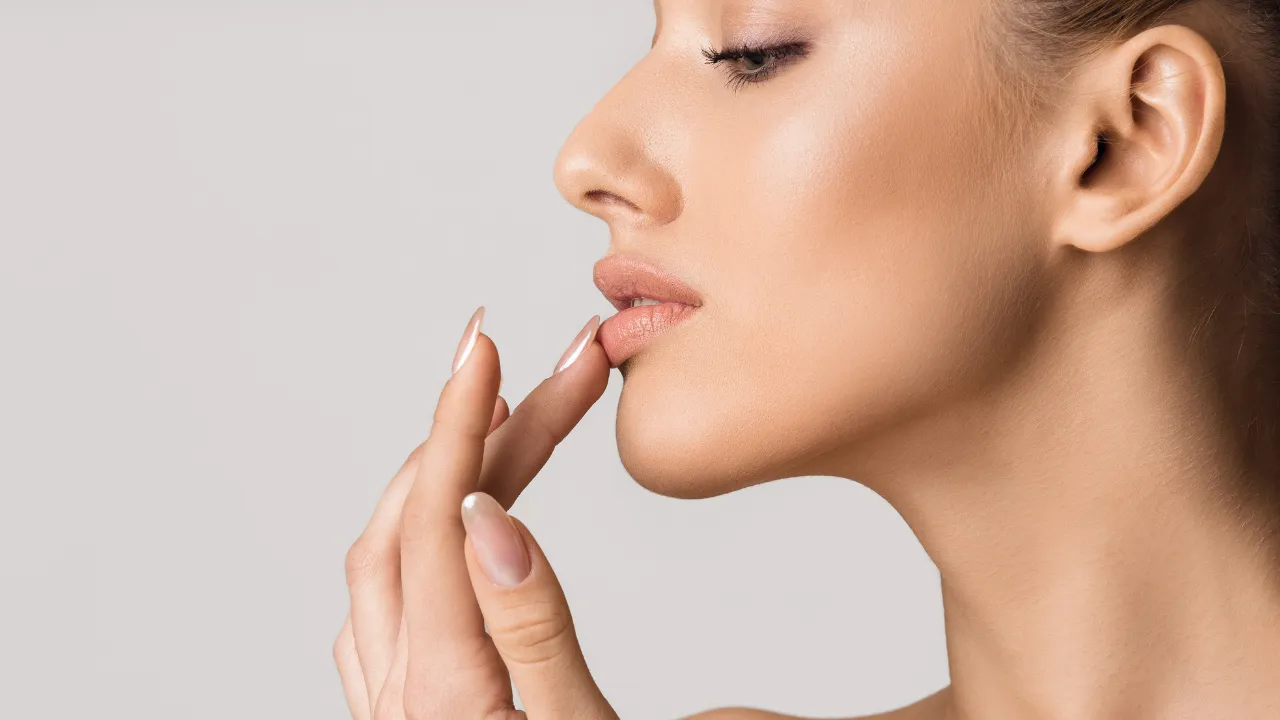At Kopelman Aesthetic Surgery in New York City, Dr. Joel Kopelman, a board-certified specialist in facial plastic and oculoplastic surgery, offers cheek fillers to help reduce eye bags for patients seeking natural-looking results.
These dermal filler treatments can improve the eye area and reduce dark circles, helping patients feel more confident. Understanding options like tear trough filler, hyaluronic acid filler, and how injectable fillers work is key for anyone considering aesthetic care under expert guidance.
Key Takeaways
- Cheek fillers can improve under-eye bags and dark circles by restoring lost volume and smoothing contours in the tear trough area.
- Not all patients are suitable for eye filler, particularly those with significant fat bulging or loose skin, where plastic surgery may be necessary.
- Dr. Kopelman emphasizes careful understanding of facial anatomy and uses customized treatment plans with hyaluronic acid-based products for natural results.
- Combining dermal fillers with treatments like laser resurfacing or microneedling can enhance improvements in the eye area.
- Patients should seek experienced board-certified plastic surgeons and prepare properly by avoiding certain medications and sharing their health history to ensure safe, effective outcomes.
Table of Contents
ToggleDo Cheek Fillers Help Under-Eye Bags?
Cheek fillers for eye bags add volume in the mid-face, lifting tissues that create shadows and hollows. They help smooth transitions between the lower eyelid and cheek, improving dark circles and puffiness caused by lost volume and volume loss from aging.
Dr. Kopelman uses hyaluronic acid filler and other injectable fillers to restore youthful contours and balance in facial anatomy. However, not every patient is suitable for eye filler, especially when excess fat bulging is present.
Under-eye bags can result from fat pushing forward in the tear trough area, which fillers alone can’t fix. While fillers help with hollowness, they cannot remove herniated fat. Dr. Kopelman advises patients when plastic surgery might be a safer or more effective choice for their goals.
When Cheek Fillers May Not Be the Right Choice
Some patients have large fat pads or loose skin that fillers can’t improve. Adding volume in these cases can worsen puffiness instead of reducing it. Dr. Kopelman carefully examines each patient’s facial anatomy and develops customized treatment plans for optimal results.
Consider plastic surgery rather than fillers if:
- Under-eye fat pads are large or bulging.
- The skin under the eyes is loose or sagging.
- Previous fillers didn’t improve your appearance.
- You want permanent results instead of temporary fillers.
Cheek Fillers vs. Other Eye Bag Treatments
Cheek fillers offer a quick, non-surgical option with minimal downtime, while eyelid surgery offers longer-lasting outcomes but more recovery time. Tear trough filler, usually made from hyaluronic acid-based products, is popular for smoothing hollowness and dark circles in the eye area.
Dermal fillers like Restylane and Juvéderm blend well into delicate under-eye skin and can be adjusted if needed. Alternatives include laser treatments, microneedling, or medical-grade skincare for milder concerns.
Cheek Filler Results and Expectations
Patients at Kopelman Aesthetic Surgery often achieve a natural look with injectable fillers. Before-and-after photos show how cheek fillers help reduce shadows and improve facial contours. Results usually last 9 to 18 months, though touch-ups may be needed. Dr. Kopelman uses dermal filler treatments tailored to each patient’s unique facial anatomy for safe, effective outcomes.
How to Prepare for Cheek Filler Treatment
Preparation helps ensure smooth treatment and recovery. Dr. Kopelman advises avoiding blood thinners, skipping alcohol, and arriving without makeup. Sharing health history and discussing goals is essential for a customized plan and safe results.
Maintenance and Aftercare Tips for Cheek Fillers
Aftercare is key for long-lasting, natural results. Dr. Kopelman recommends using cold compresses, sleeping with your head elevated, and avoiding intense exercise. Patients should look for unusual swelling or symptoms and contact their surgeon if concerned.
Can You Combine Cheek Fillers with Other Treatments?
Some patients combine cheek fillers for under-eye bags with other treatments like Botox, laser resurfacing, or microneedling for enhanced results. A tailored skincare routine helps maintain improvements. Dr. Kopelman creates customized treatment plans using different techniques for balanced and natural-looking outcomes.
Risks and Side Effects
Mild swelling or bruising is common but temporary. Overcorrection can cause puffiness, while undercorrection leaves hollows. Rare issues like vascular occlusion show why it’s crucial to choose skilled, board-certified plastic surgeons familiar with facial anatomy when performing dermal filler treatments.
Cost and Finding a Provider
Cheek fillers for under-eye bags generally cost $800 to $2,000, depending on the type of filler and the provider’s skill. Patients should seek experienced board-certified plastic surgeons who specialize in the eye area for safe, natural results. Asking questions about anticipated outcomes, risks, and before-and-after images helps patients make confident decisions.
Many people feel anxious about under-eye concerns. Dr. Kopelman understands how these issues affect confidence and self-esteem. He provides honest guidance and compassionate care so patients feel supported. His expertise helps ensure results that look natural and help patients feel their best.
If you’re considering cheek fillers for under-eye bags or want to explore personalized options for your eye area, schedule a consultation with Dr. Kopelman at Kopelman Aesthetic Surgery.

